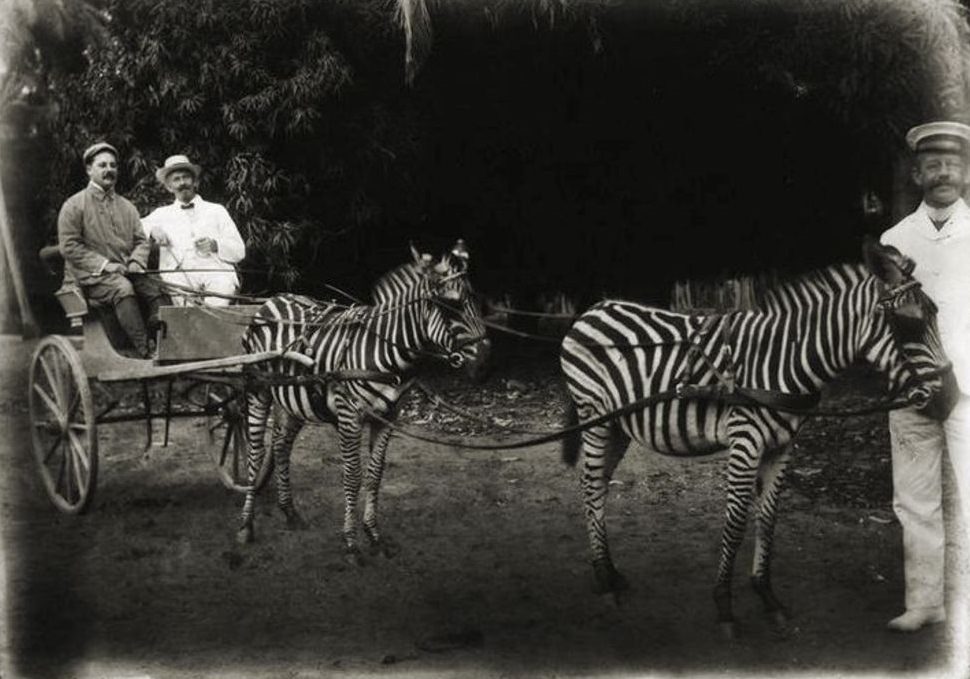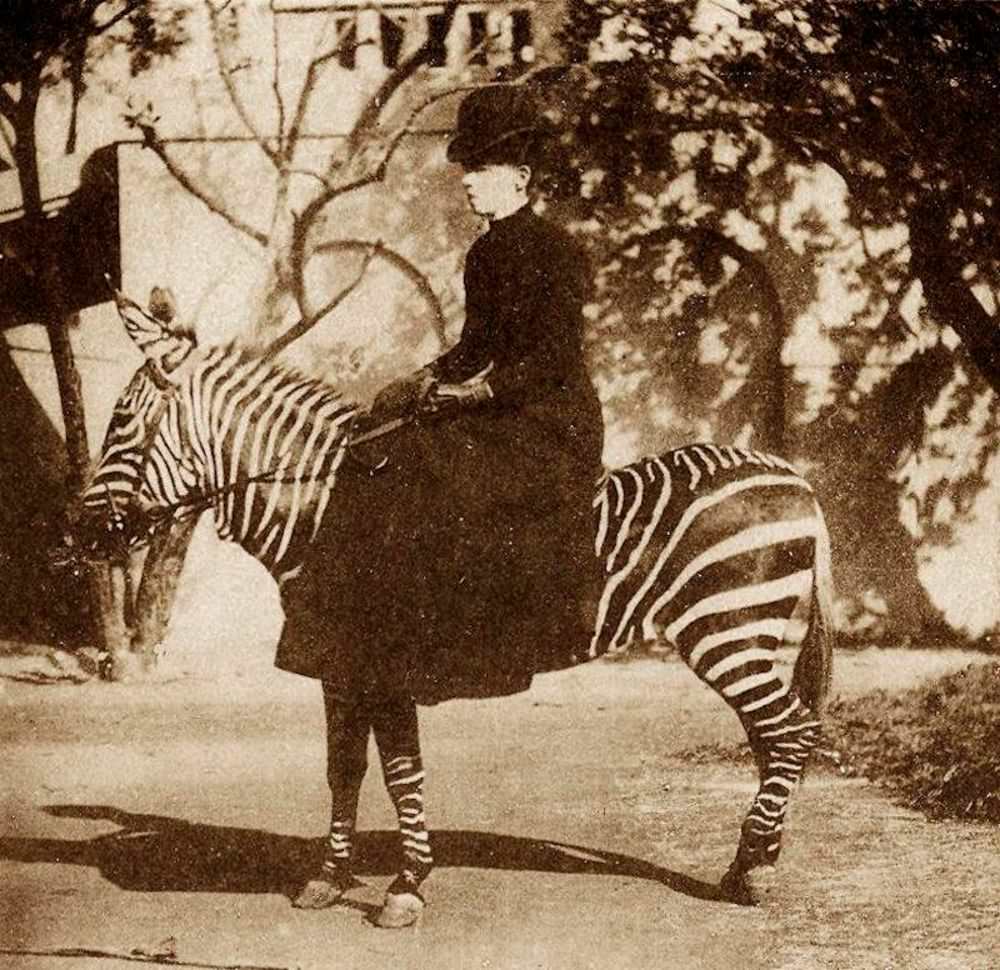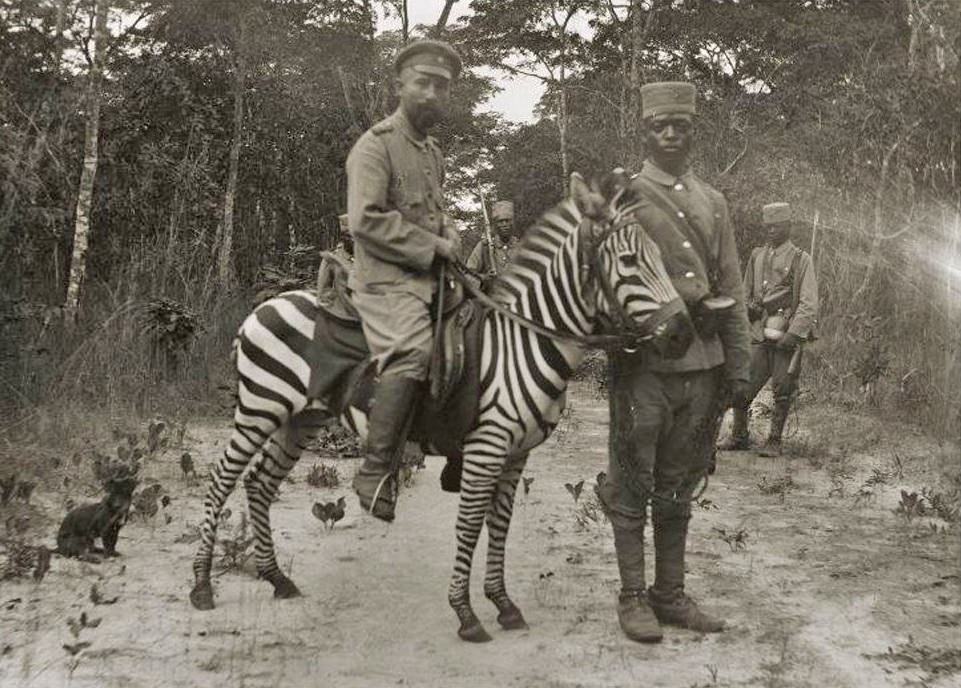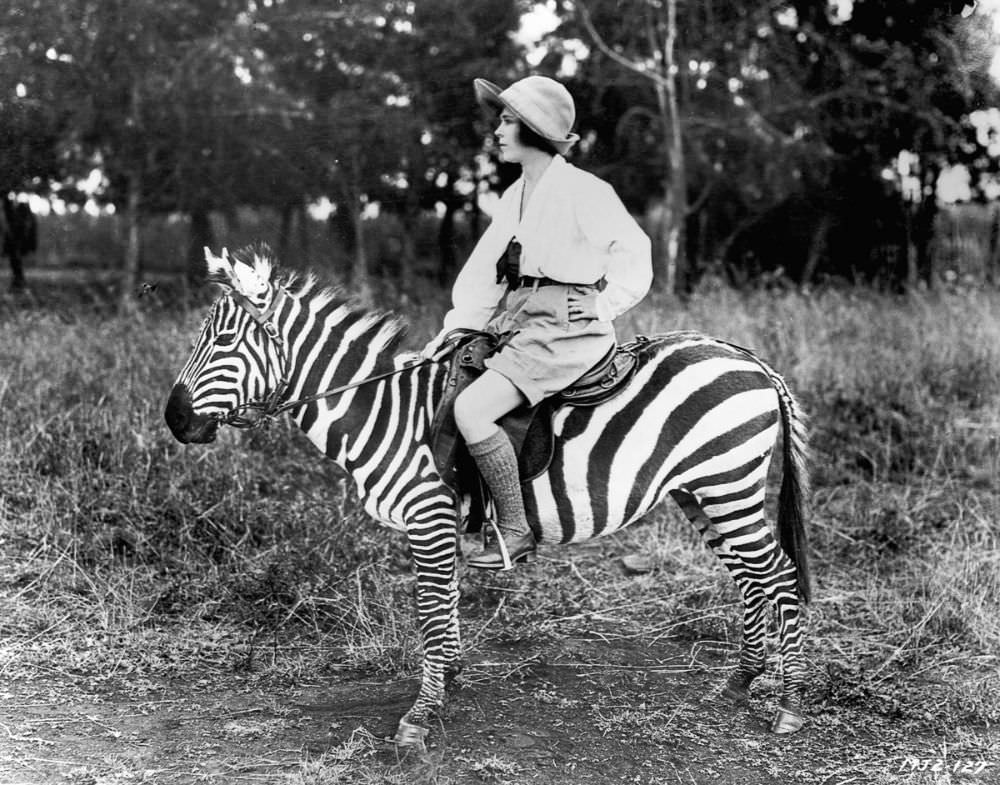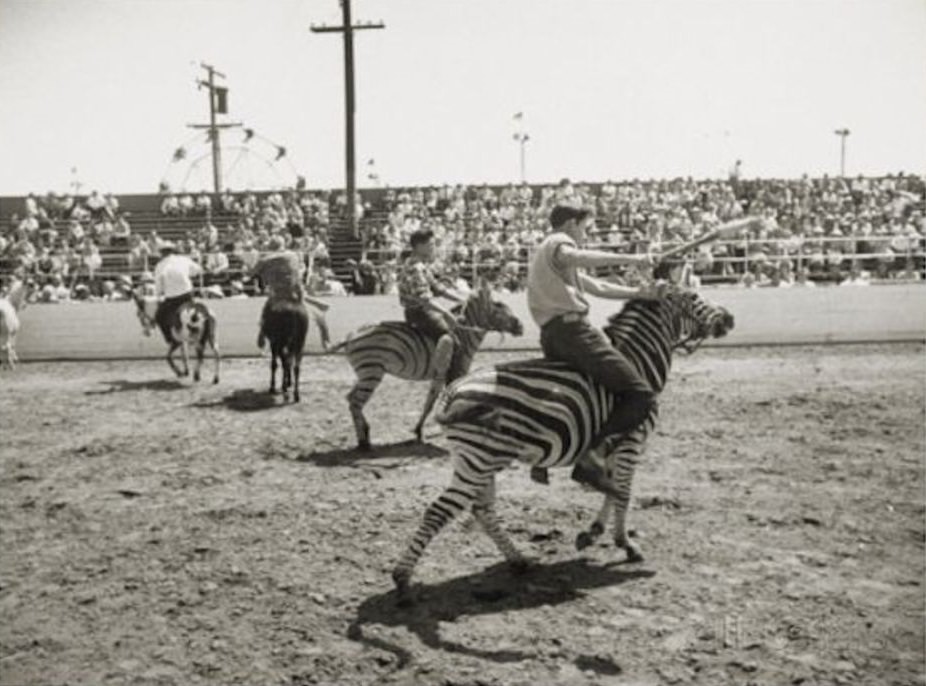Zebras are wild animals and they are part of the Equidae family along with horses and donkeys. They have thick bodies, thin legs, a tufted tail, and a long head and neck sporting a short mane. Despite their similarity to horses and donkeys, zebras are just a bit too wild to completely tame. Although they have excellent eyesight and hearing and they eat the same grass.
When European colonizers invaded Africa in the 19th and early 20th century, they domesticated and used Zebras as an alternative to horses. Zebras were also resistant to diseases carried by tsetse flies. As it turns out, there is a reason Africans never domesticated them. Unlike horses, which naturally roam around munching on grass, zebras spend their lives cagily watching, evading and fighting savannah predators such as lions, cheetahs, and crocodiles.
Though impossible to domesticate on a large scale, taming individual zebras to perform horse-like duties has occasionally been successful. Lord Walter Rothschild trained a team of zebras to pull a carriage, which he drove past Buckingham Palace to demonstrate their supposedly pliable nature. Zebras are smaller in size as compare to horses and they don’t have the strength to carry a person for an extended time. But that hasn’t stopped people from taking the occasional joyride at the zebra’s expense.
#1 A zebra cart, ca. 1890s.
#2 Walter Rothschild sitting in a carriage pulled by six zebras.

In the year 1898, in one of the many mews just off Cromwell Road, Kensington, lived Mr. Hardy, who was a noted horserider and trainer, being one of the three men who had succeeded in riding the “French Rocking Horse”. This was a device used by the French Cavalry. It had every possible movement of a wild horse not in the best of tempers.


